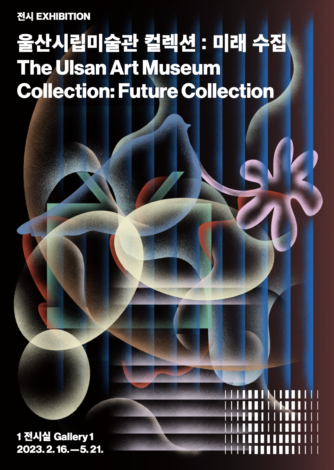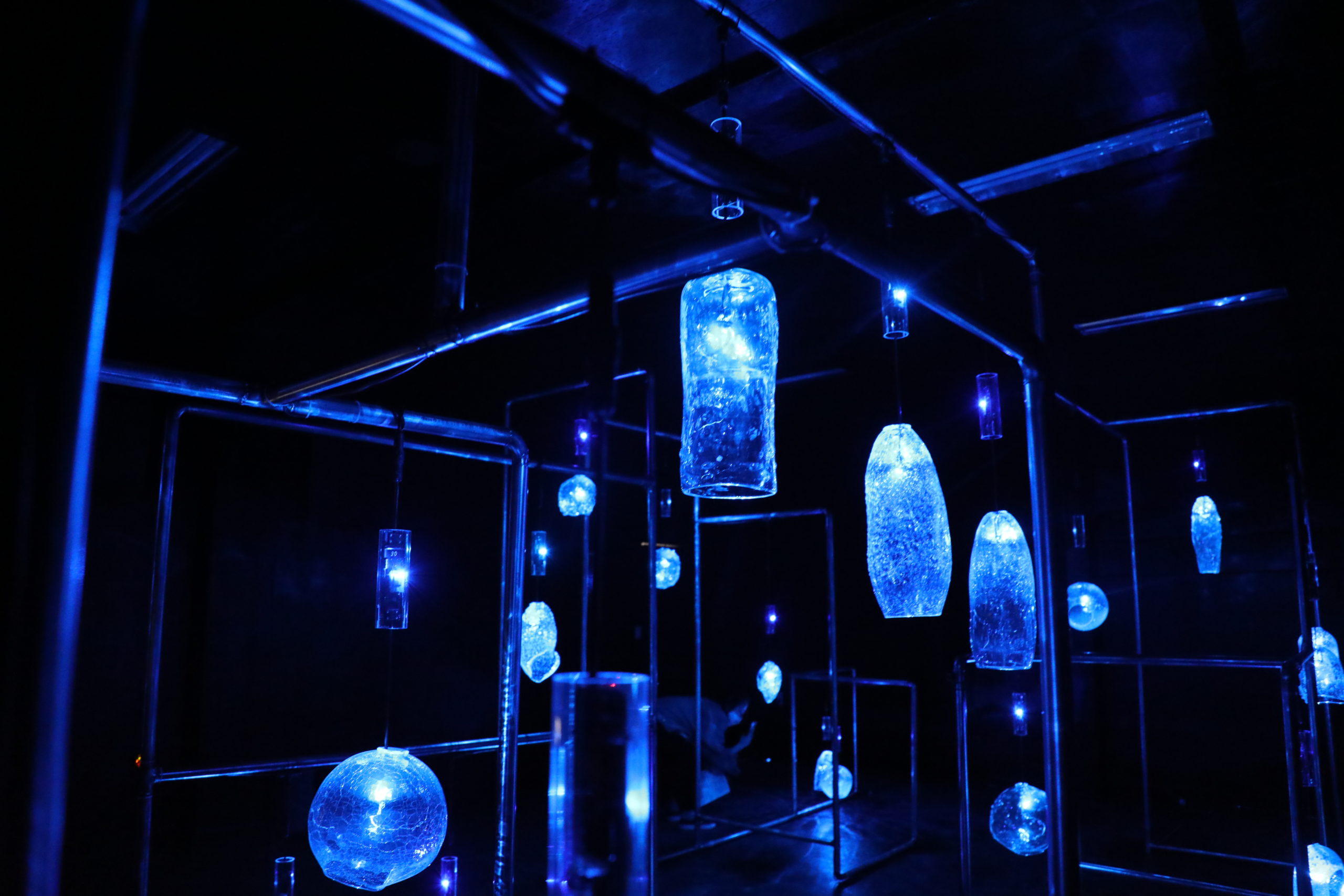 Aiming to be an art museum centered on a world-class collection, the Ulsan Art Museum has been striving to collect internationally influential artworks since its opening-preparation stage. Starting with a piece by the media-art pioneer Nam June Paik, we were able to collect representative works by internationally renowned artists including Jenny Holzer, Tony Oursler, Apichatpong Weerasethakul, Herman Kolgen, Lee Bul, and Kim Yun- chul and media artists using technology- integrated media including Justine Emard, Choe Uram, Bernd Lintermann, and Daniel Canogar. The Ulsan Art Museum Collection: Future Collection seeks to present what a futuristic art museum’s collection can function as in today’s society, in which technology and daily life converge.
Aiming to be an art museum centered on a world-class collection, the Ulsan Art Museum has been striving to collect internationally influential artworks since its opening-preparation stage. Starting with a piece by the media-art pioneer Nam June Paik, we were able to collect representative works by internationally renowned artists including Jenny Holzer, Tony Oursler, Apichatpong Weerasethakul, Herman Kolgen, Lee Bul, and Kim Yun- chul and media artists using technology- integrated media including Justine Emard, Choe Uram, Bernd Lintermann, and Daniel Canogar. The Ulsan Art Museum Collection: Future Collection seeks to present what a futuristic art museum’s collection can function as in today’s society, in which technology and daily life converge.
Art museums to date have been functioning as time capsules of art history. Contemporary new-media artworks are not only beside the weight of the artist having to directly create the works, they have also come to exist as intangible non-matter, such as digital files, ideas, movements, and text, as well as in the material forms of painting and sculpture. In the case of media installation art, even the largest artworks can consist of video data and a manual. These works can be realized via collaboration with the artist through a media player and using custom-made structures. Newly born into such a situation, the Ulsan Art Museum is addressing various challenges stemming from contemporary art’s changes.
However, the most important element allowing an artwork to exist as art today is viewer participation. From real- time immersive installation pieces to experience-based interactive works, contemporary artworks acquire vitality with visitors in the galleries and not in storage. Under the grand theme of “What is the collection now?” the Ulsan Art Museum seeks to share art’s transformed future and collecting’s changing tomorrow with citizens through the collection exhibition Future Collection.
